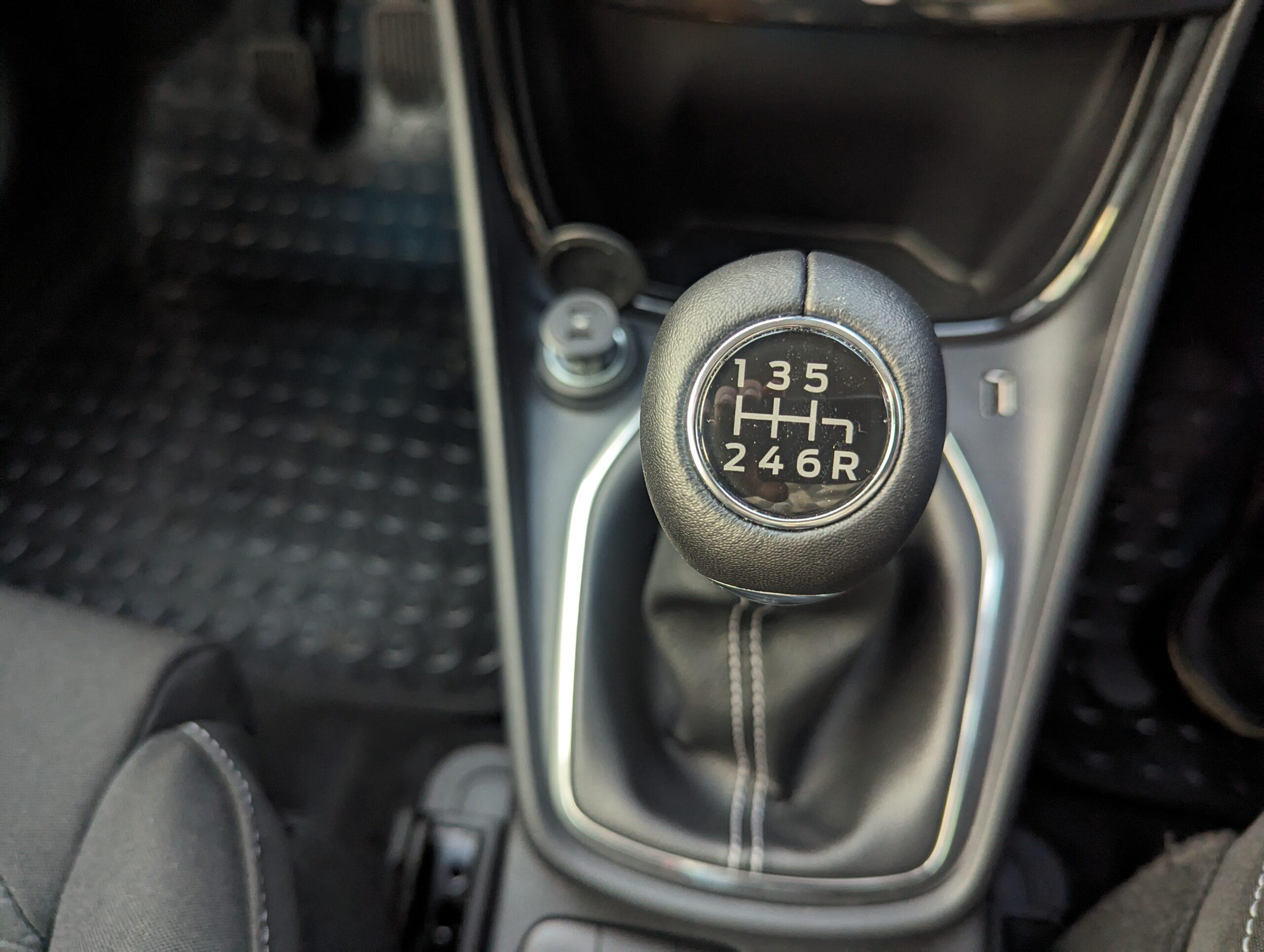Anticipation while driving is the practice of predicting and preparing for potential hazards and changes in driving conditions before they occur. This proactive approach enhances safety, improves driving efficiency, and reduces stress. Here are key aspects and tips for effective anticipation while driving:
Key Aspects of Anticipation
- Observation: Continuously scan the road ahead, to the sides, and behind using mirrors. Look beyond the immediate traffic to anticipate potential changes or hazards.
- Predicting Behavior: Anticipate the actions of other road users, including vehicles, cyclists, and pedestrians. Consider their potential movements and how they might affect your driving.
- Understanding Road Conditions: Be aware of changing road conditions such as curves, hills, intersections, and surface quality. Adjust your driving accordingly.
- Recognizing Patterns: Learn to identify patterns in traffic flow, such as common bottlenecks, rush hour congestion, and the behavior of local drivers.
Practical Tips for Anticipation
- Look Ahead:
- Far Down the Road: Look as far down the road as possible to anticipate upcoming traffic lights, stop signs, or obstacles. This allows you to adjust your speed and positioning in advance.
- Scan for Hazards: Continuously scan for potential hazards such as pedestrians, cyclists, parked cars, or debris on the road.
- Use Mirrors Effectively:
- Check Regularly: Regularly check your rearview and side mirrors to stay aware of the positions and movements of vehicles around you.
- Blind Spots: Be mindful of your blind spots and check them before changing lanes or merging.
- Maintain Safe Following Distance:
- Two-Second Rule: Keep a minimum following distance of two seconds from the vehicle ahead in good conditions. Increase this distance in poor weather or heavy traffic.
- Adjust Speed and Position:
- Speed Adjustments: Adjust your speed based on the flow of traffic, road conditions, and visibility. Avoid sudden changes in speed that can surprise other drivers.
- Lane Positioning: Position your vehicle to maximize visibility and space around you. For example, when driving near parked cars, leave extra space to avoid opening doors or sudden movements.
- Predictive Driving:
- Anticipate Stops: When approaching intersections, anticipate the possibility of the traffic light changing and be prepared to stop.
- Read Cues: Watch for signals from other drivers, such as brake lights, turn signals, or the position of their vehicle, to predict their actions.
- Plan for Junctions and Roundabouts:
- Slow Down: Reduce speed when approaching intersections, even if you have the right of way. Be prepared for other drivers or pedestrians who might not follow traffic rules.
- Yielding: Be ready to yield to other vehicles and pedestrians, even if you have the right of way.
- Use Technology:
- Navigation Systems: Use GPS and navigation systems to anticipate upcoming turns, exits, and potential delays.
- Driver Assistance: Utilize driver assistance features such as adaptive cruise control, lane departure warnings, and collision avoidance systems to enhance your anticipation capabilities.
- Adapt to Weather Conditions:
- Adjust Speed: In adverse weather conditions like rain, snow, or fog, reduce speed and increase following distance.
- Visibility: Use headlights appropriately and ensure your windshield and windows are clear for maximum visibility.
Benefits of Anticipation
- Increased Safety: Anticipating potential hazards reduces the likelihood of accidents and allows for smoother and safer driving.
- Improved Efficiency: Predictive driving helps in maintaining a steady speed, reducing the need for sudden braking or acceleration, and thus improving fuel efficiency.
- Reduced Stress: Being prepared for potential changes in driving conditions reduces stress and allows for a more relaxed driving experience.
- Enhanced Vehicle Longevity: Smoother driving reduces wear and tear on the vehicle’s components, potentially extending its lifespan.
By incorporating these anticipation techniques into your driving habits, you can improve your overall driving experience, enhance safety, and contribute to more efficient and eco-friendly driving.
4o


